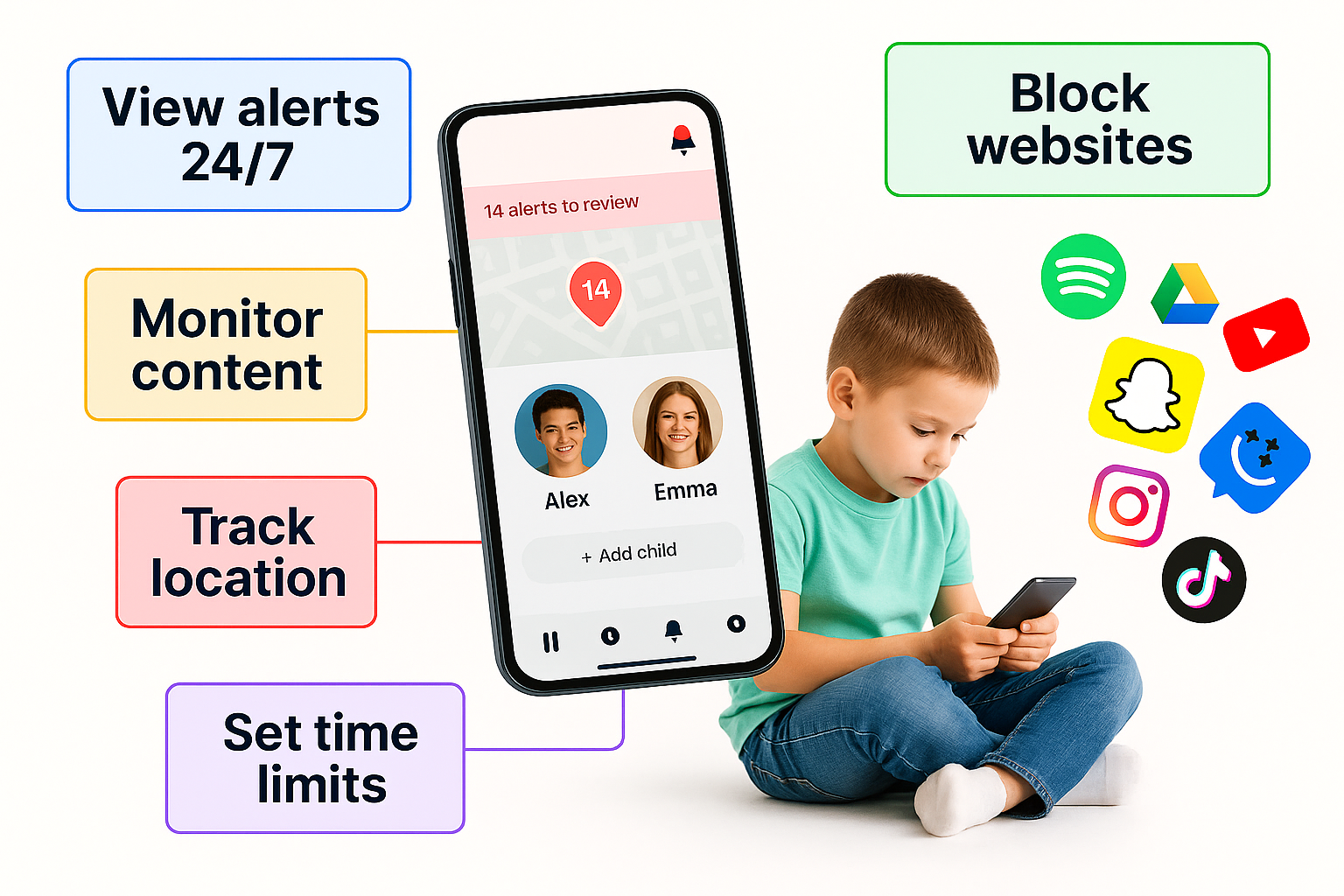🌙 The “Digital Bedtime” Revolution: Why Kids’ Phones Need a Curfew Too
Every parent knows bedtime battles — brushing teeth, one more story, one more sip of water.
But the quiet war happening in millions of homes now isn’t about toys or snacks.
It’s the glow under the blanket.
It’s the kids’ phone that never sleeps.
In 2025, the average child between 9 and 13 checks their phone 46 times after lights out. That number might sound shocking — until you realize the phone isn’t the problem; the lack of digital bedtime habits is.
🌙 What Is “Digital Bedtime”?
Digital Bedtime is the modern version of “lights out.”
It’s not about punishment — it’s about teaching the brain to rest.
When kids scroll, text, or watch videos late into the night, their brains never get the signal to power down.
Blue light, dopamine spikes, and FOMO (fear of missing out) all combine to create what psychologists call “cognitive hangover” — the mental fatigue kids feel the next day.
📉 What Research Shows
A 2024 sleep study by the American Academy of Pediatrics found that:
- Kids with unrestricted phone access after 9 PM got 1.7 fewer hours of sleep per night.
- They were 28% more likely to report anxiety or mood swings.
- Academic performance dropped by an average of 12% within two months.
“Sleep is the foundation of emotional regulation,” says Dr. Lara Mendoza, child neuropsychologist.
“You can’t teach responsibility to a brain that’s running on fumes.”
🕰️ Why Phones Need a Curfew
Think of a kids’ phone the same way you think of school uniforms — it creates structure.
A digital curfew teaches predictability and helps the body relearn natural rest cycles.
It’s also one of the simplest ways to reduce family tension: when the phone has a bedtime, the argument stops being parent vs. child — it’s both vs. the rule.
🧠 How to Introduce a Digital Bedtime Without Conflict
- Start with science, not authority.
Explain how screens confuse the brain’s sleep signals. Kids respond better to logic than commands. - Name the rule together.
Let your child help pick a name: “Phone Sleep Mode,” “Device Dreamtime,” or “Digital Lights Out.”
Shared ownership = less resistance. - Use consistent timing.
Set it the same time every night (8:30–9:00 PM for ages 9–12). Routine beats willpower. - Charge outside the bedroom.
Kids’ phones should “sleep” where parents can see them — kitchen, hallway, or living room. - Reward rest.
Use positive reinforcement: extra weekend game time for a week of successful “digital bedtime.”
🔒 Why Parental-Controlled Phones Make This Easy
A proper parental-controlled kids’ phone lets you:
- Schedule automatic Bedtime Mode every night.
- Lock access to apps, browsers, and notifications.
- Allow exceptions like alarms, emergency calls, or parent texts.
- Send gentle reminders before downtime starts.
This isn’t spying — it’s structure. Kids learn that technology works with their rhythm, not against it.
🌱 The Long-Term Impact
Children who follow a consistent phone curfew show measurable benefits:
- Better mood stability
- Improved focus in school
- Reduced arguments at home
- Healthier sleep patterns within 2 weeks
And here’s the best part: when digital bedtime becomes normal, kids eventually start doing it on their own.
Phones aren’t the enemy — unpredictability is.
When kids have a digital bedtime, they learn that self-control isn’t about restriction; it’s about rhythm.
Just like brushing their teeth or packing their backpack, it becomes second nature.
A kids’ phone designed with parental control makes that rhythm automatic — so both you and your child can finally rest easy.

